Mushrooms are known to be a rich source of various nutrients, but their relationship with Histamine is complex.
Histamine is a compound involved in immune responses and can cause symptoms like itching, sneezing, and even food intolerance in some people. Some types of mushrooms contain modest amounts of Histamine, but not all. More importantly, mushrooms are not considered high-histamine food like aged cheese or fermented foods. However, people with histamine intolerance may react differently, and it's crucial to individualize your diet based on your tolerance.
This blog post will delve deeper into the intricate relationship between mushrooms and Histamine. We'll explore the science behind histamine content in mushrooms, consider the impact of different cooking methods, and discuss strategies for including mushrooms in a low-histamine diet. Whether you're a fan of the hearty portobello, the delicate enoki, or the versatile button mushroom, this article aims to enhance your understanding of how mushrooms can fit into a healthy, balanced diet, especially when dealing with histamine intolerance.
The Marvelous World of Mushrooms
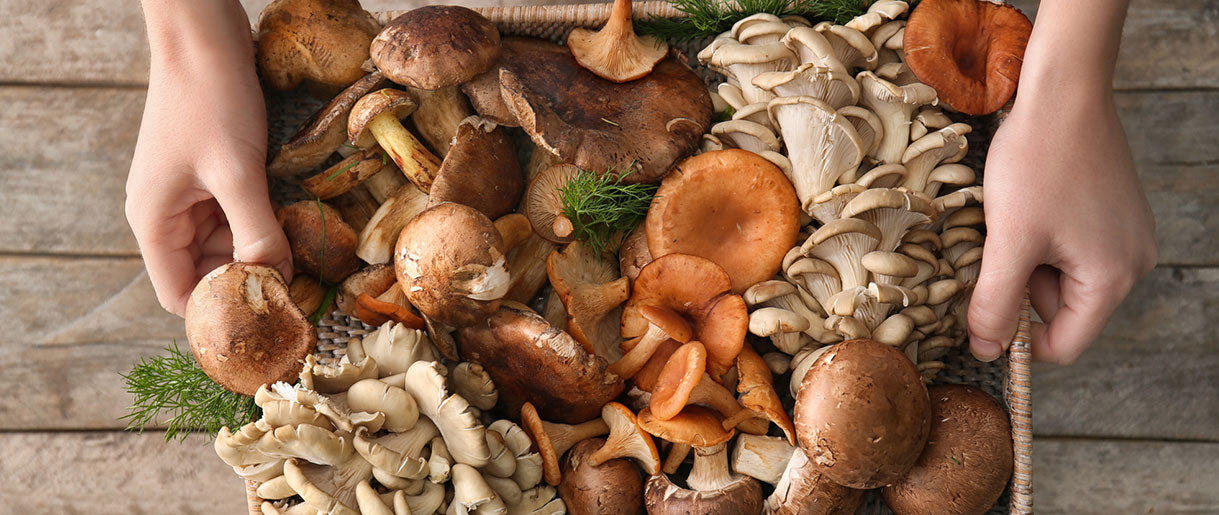
What Are Mushrooms?
Mushrooms are fascinating organisms that reside in the realm of fungi, distinct from plants and animals. Unlike plants, they don't perform photosynthesis but play a crucial role in our ecosystems by decomposing organic matter.
There's a wide array of mushrooms, with thousands of species found worldwide. Some are edible and treasured for their unique taste and texture, while others are poisonous or used for medicinal purposes.
Edible Varieties: From Shiitake to Ganoderma Lucidum
In the culinary world, several mushroom types are commonly consumed. One notable variety is the shiitake mushroom, renowned for its rich, umami flavor and often used in Asian cuisine. This mushroom doesn't just boast a distinctive taste; it also carries numerous medicinal mushroom benefits.
Another fascinating mushroom variety is Ganoderma lucidum, commonly known as Reishi. Used for centuries in traditional Eastern medicine, reishi mushrooms are less common in everyday cooking due to their woody texture and bitter taste. However, they're often consumed in extract or powder form.
Nutritional Powerhouses: From Beta Glucans to Antioxidants
Mushrooms, including shiitake and others, provide many nutrients. They are a good source of B vitamins, essential minerals, and dietary fiber while being low in calories and fat.
One remarkable mushroom component is beta-glucans, a dietary fiber supporting immune response. These beta-glucans contribute to the anti-inflammatory properties of mushrooms, which can help regulate inflammation.
Furthermore, mushrooms are packed with antioxidants, which help fight off harmful free radicals. The shiitake mushroom, for instance, contains various antioxidants, contributing to its health benefits and reputation as a functional food.
Histamine: A Double-Edged Sword
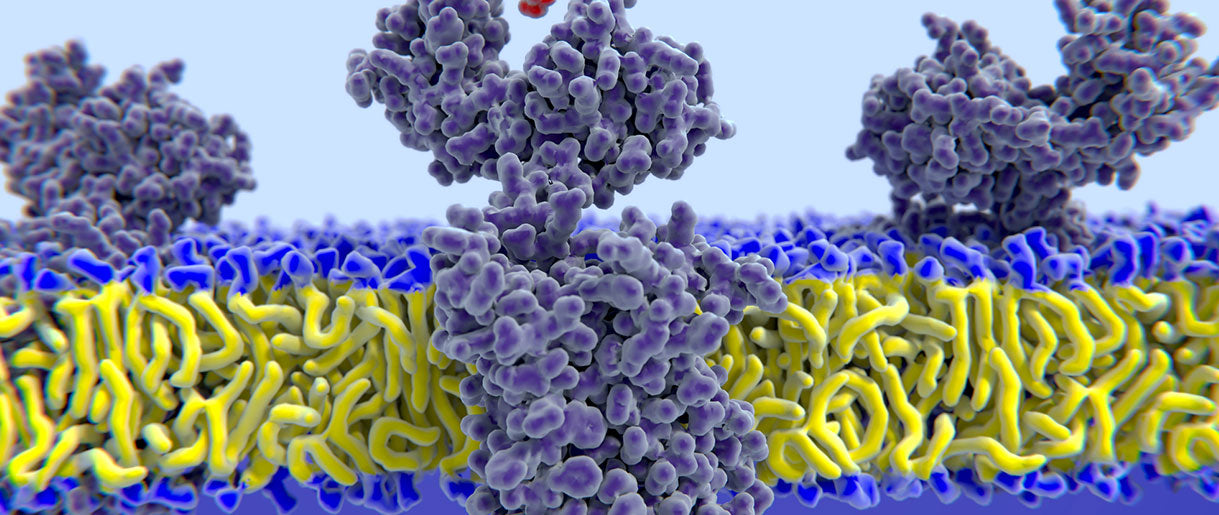
What is Histamine, and How Does it Function?
Histamine is an organic nitrogenous compound involved in numerous bodily functions. Produced by mast cells, Histamine plays a significant role in our immune system. When foreign substances invade the body, Histamine is released to combat these unwanted intruders, thereby protecting the body.
However, Histamine's role goes beyond immunity. It's integral to proper digestion, wound healing, and nerve signaling, highlighting its essential nature. Despite this, too much Histamine can tip the balance, leading to what is frequently underestimated but is a crucial aspect of nutrition: histamine intolerance.
Histamine's Role in Allergic Reactions
Often associated with allergies, Histamine causes typical allergic symptoms such as sneezing, itching, and redness. When the body perceives a foreign substance as a threat, mast cells release Histamine, leading to an inflammatory response. This process, while protective, can cause discomfort if triggered excessively or unnecessarily.
Understanding Histamine Intolerance
Histamine intolerance is when the body has difficulty breaking down Histamine, leading to excess. This is not due to higher levels of histamine production but rather a deficiency in the enzymes that metabolize Histamine. As a result, consuming foods high in Histamine, or even other foods that trigger histamine release, can lead to symptoms of histamine intolerance.
Patients with histamine intolerance may experience headaches, skin rash, hives, gastrointestinal issues, and difficulty breathing. It's a condition that overlaps with other immune system-related issues, such as allergy and mast cell activation syndrome, making diagnosis tricky.
Adopting a low-histamine diet is one of the main strategies for managing histamine intolerance. This involves avoiding high histamine foods, like fermented products, aged cheeses, and certain types of fish. Instead, opting for fresh foods and those known to be low in Histamine can provide relief.
Mushrooms and Histamine: An In-Depth Look

Are Mushrooms High In Histamine?
One of the first questions when considering mushrooms in the context of Histamine is: do mushrooms contain Histamine? As it turns out, the answer is not straightforward. Mushrooms, like many other plant-origin foods, contain small amounts of biogenic amines, a group of compounds that include Histamine and other amines.
The level of Histamine in mushrooms, however, is typically low compared to certain other foods known to be high in Histamine, such as aged cheeses, fermented foods, or certain types of fish. Therefore, mushrooms are generally considered a low-histamine food in a low-histamine diet.
The Impact of Mushroom Consumption on Histamine Intolerance
For those following low histamine diets due to histamine intolerance, incorporating mushrooms can be a bit of a balancing act. Given that mushrooms contain biogenic amines, albeit in small amounts, individuals may react differently.
While mushrooms are not typically classified as histamine liberators (foods that trigger the release of Histamine in the body), individuals with histamine intolerance may still experience symptoms, especially if their personal tolerance threshold is exceeded.
What Does the Research Say: Are Mushrooms Low Histamine?
Despite the complexity, studies have been conducted to explore the interaction between mushrooms and Histamine in humans. The results show a wide range of histamine levels in mushrooms, with some varieties having negligible amounts. This is why, when grocery shopping for a low histamine diet, knowing which mushrooms are generally low in Histamine can be beneficial.
Mushrooms with Anti-Histamine Activity
Some mushrooms, surprisingly, may even have anti-histamine activity.
Reishi Mushrooms: Mast Cell Stabilizers
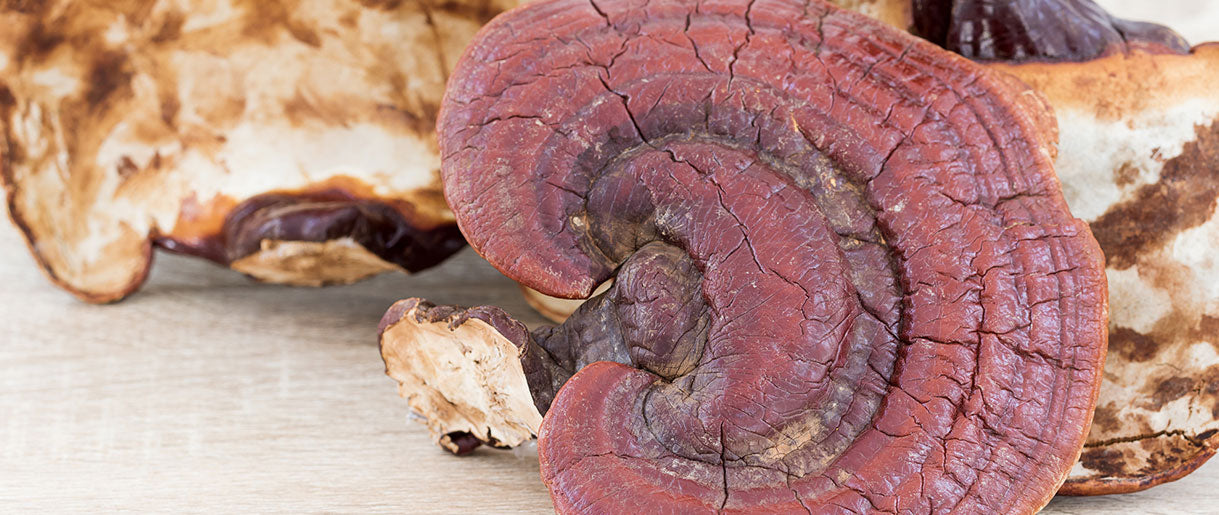
Reishi mushrooms, for instance, are studied for their potential role in stabilizing mast cells, the cells responsible for histamine release during an allergic reaction. Because of its ability to stabilize mast cells, Reishi can treat allergies in some individuals.
The combination of Reishi powder's anti-histamine properties and high immune-modulatory activity may be helpful for allergy patients. In addition, it contains a lot of triterpenoid substances, such as lanostan, which has anti-histamine and anti-inflammatory properties. This helps to stabilize the mast cells, which produce Histamine and cause symptoms.
Moreover, immuno-modulating polysaccharides found in Reishi powder reduce the immune system's tendency to overreact and control inflammation and histamine levels. It addresses the primary cause of an immune system that is out of balance that causes allergies like hay fever. Moreover, Reishi mushroom benefits the liver and helps it operate at its best, which might aid in removing any lingering histamine from the bloodstream.
Its combination of more than 130 anti-inflammatory triterpenoid chemicals and very effective immune-modulating polysaccharides is the source of its numerous benefits. Triterpenes, which maintain organ health and have even greater anti-inflammatory and anti-histamine activities, are in much larger concentrations in Reishi spore products. Furthermore, beta-glucans, which boost the immune system, are present in Reishi powder.
Chaga Mushrooms: Possible Relief for Histamine Intolerance Symptoms
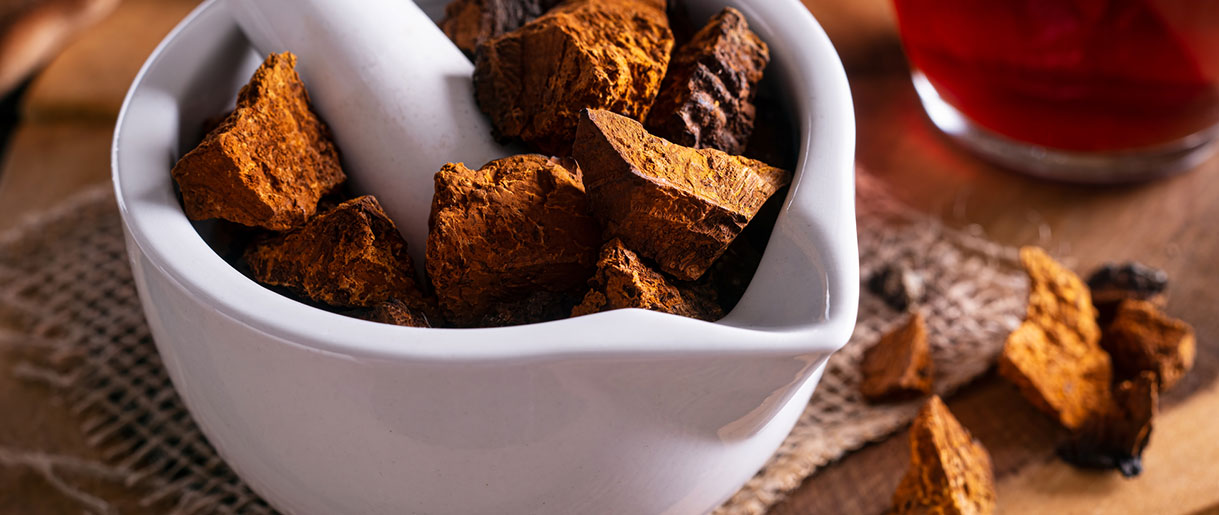
Histamine levels in Chaga mushrooms(1) are minimal, and research has revealed no detectable histamine in this nutrient-rich fungus. Nonetheless, Chaga mushrooms contain putrescine in quantities high enough to cause histamine intolerance symptoms in people with low diamine oxidase levels.
Suppose you don't have a severe diamine oxidase deficit and avoid eating other foods high in histamines or that promote histamine release. In that case, you can get by on a few mushrooms, like other meals containing biogenic amines.
If you're starting to use Chaga mushrooms in your diet, use them immediately. Avoid keeping them in the fridge for longer than a day to prevent producing extra biogenic amines. Also, maintain a food journal to monitor any changes in your symptoms after eating the new foods.
Shiitake: A High-Taste, Low-Histamine Option

Despite being a flavor powerhouse, the shiitake mushroom is low in Histamine, making it a suitable choice for those following a low-histamine diet. While the biogenic amines content is low, each person's reaction may vary. However, you can still enjoy the Shiitake mushroom taste by regulating your intake.
Maitake Mushrooms: Potential Histamine Reducers
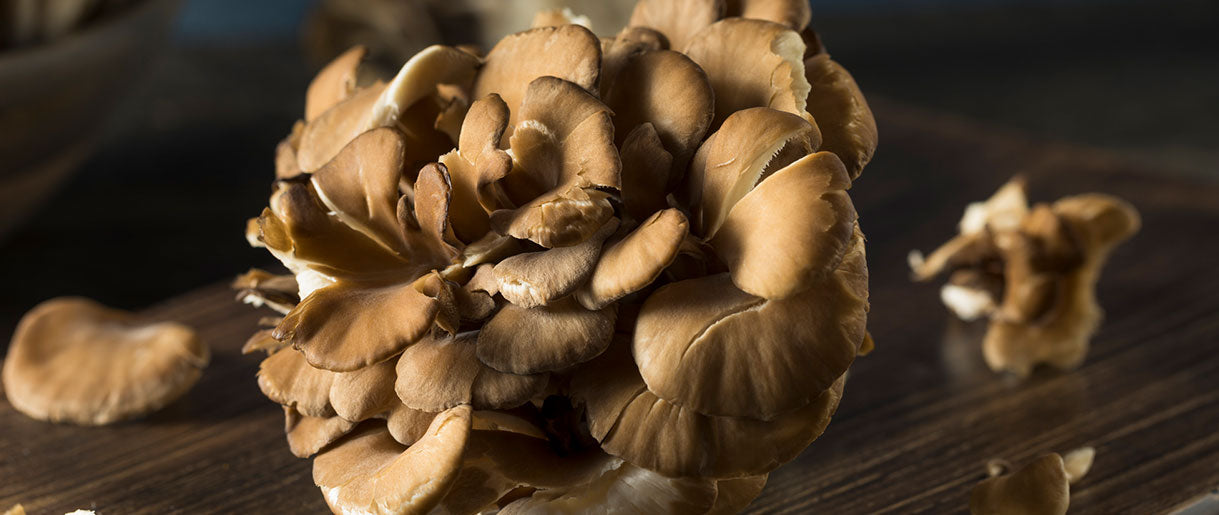
Maitake is a beneficial mushroom studied for its potential to reduce histamine release in the body. Their unique compounds might help control histamine levels, though more research is needed to confirm these benefits.
Cooking Mushrooms: How Preparation Influences Histamine Levels

How Cooking Methods Affect Histamine Levels
How we prepare and cook our food can significantly influence its histamine content. This holds true for mushrooms as well. While fresh, raw mushrooms are generally low in histamines, the histamine content can increase with certain cooking methods or prolonged storage.
Slow cooking or fermenting foods often increases histamine levels, as these processes give bacteria more time to produce histamines. On the other hand, quick cooking methods, like grilling or sautéing, are less likely to increase histamine levels significantly.
Preparing Mushrooms to Minimize Histamine Levels
So, how can you prepare mushrooms to minimize histamine levels? Here are a few tips:
- Choose Fresh Mushrooms: The fresher the mushrooms, the lower the histamine levels. As mushrooms age, their histamine content can rise, so try to consume them as close to the purchase date as possible.
- Cook Quickly: Sauté your mushrooms in olive oil on high heat. This quick cooking method can help prevent significant histamine formation.
- Avoid Fermentation: While fermented foods have numerous health benefits, they're typically high in histamines. Thus, avoiding fermented mushrooms is best if you're following a low-histamine diet.
- Store Properly: If you're not eating your mushrooms immediately, store them in a cool, dry place or refrigerate them to slow down histamine production.
- Cook at Home: While eating out is a wonderful treat, you have less control over how your food is prepared and stored. Cooking mushrooms at home allows you to ensure they're fresh and prepared in a way that minimizes histamine levels.
Remember, these tips are general guidelines and may not work for everyone. Individuals with severe histamine intolerance should seek advice from their doctor or a dietitian to create a personalized treatment plan.
Navigating Histamine Intolerance: Strategies and Support

Dietary Strategies for Histamine Intolerance
Dietary modification is the cornerstone of managing histamine intolerance. The primary strategy involves following a low-histamine diet, which necessitates limiting or avoiding foods high in Histamine or those that trigger its release.
This doesn't mean you have to banish flavorful foods from your life! Fresh, unprocessed foods are generally low in Histamine. Include a variety of fresh fruits and vegetables, lean meats, eggs, and certain types of fresh fish. However, remember that everyone's tolerance varies, and what works for one person may not work for another.
Keeping a food and symptom diary to help identify any patterns or specific triggers can be beneficial. Over time, this record can help you understand your unique histamine tolerance and inform your dietary choices.
The Role of Healthcare Professionals
Managing histamine intolerance requires a multi-faceted approach, and healthcare professionals play an integral role. A dietitian or nutritionist can provide tailored advice and help devise a low-histamine diet that fits your needs and preferences. They can guide you on which foods to avoid, which to consume, and how to maintain nutritional balance.
Additionally, it's crucial to involve your doctor in this process. They can help rule out other conditions with similar symptoms and monitor your progress. Medication or supplements may sometimes be suggested to help manage symptoms.
FAQs About Mushrooms Histamine
How Does Histamine Form In Mushrooms?
Histamine in mushrooms, as in other foods, is primarily the result of bacterial activity. Certain bacteria can convert the amino acid histidine, which is naturally present in many foods, into Histamine through an enzymatic process. This process can occur when the food is improperly stored or left at room temperature for extended periods or during fermentation, encouraging bacterial growth.
In general, fresh mushrooms contain relatively low levels of Histamine. However, if they are stored incorrectly, are allowed to age, or undergo a fermentation process, the histamine levels can increase due to this bacterial activity.
So, to minimize histamine formation in mushrooms and other foods, it is essential to keep them fresh, store them properly, and consume them quickly after purchase. It's also generally recommended to avoid fermented products if you're following a low-histamine diet, as fermentation can significantly increase histamine levels.
Can Histamine Intolerance Related To Mushrooms Be Treated?
Yes, histamine intolerance related to mushrooms, like any other form of histamine intolerance, can be managed effectively, although it is not necessarily 'cured' in a traditional sense.
Histamine intolerance is typically managed through dietary modifications. This involves identifying and avoiding foods high in Histamine or foods that trigger histamine release. An individualized approach is essential because tolerance levels and triggers can vary from person to person.
If you suspect you have histamine intolerance, working with a healthcare professional who can help you devise a personalized low-histamine diet plan, monitor your symptoms, and assess your progress is essential. Sometimes, they may recommend anti-histamine medications or supplements to help manage your symptoms.
How Can I Prevent Histamine Intolerance Related To Mushrooms?
To prevent histamine intolerance related to mushrooms or any other food, it's crucial to manage your intake of histamine-rich foods and to be attentive to your body's specific responses. Following a low-histamine diet, which involves limiting high-histamine foods and including fresh fruits, vegetables, lean meats, eggs, and certain fresh fish, can be beneficial.
Since histamine content in mushrooms can increase as they age, consuming them as fresh as possible is best. Moreover, quick cooking methods like grilling or sautéing can prevent histamine increase compared to slow cooking or fermenting. Keeping a food diary can help track symptoms and identify potential food triggers, allowing you to adjust your diet accordingly.
Key Takeaways
Understanding the intricate relationship between mushrooms and Histamine can be crucial for those with histamine intolerance. Throughout this article, we've explored the biological nature of mushrooms and their variable histamine content. We've learned that not all mushrooms are created equal regarding Histamine, and their preparation and storage can significantly affect their histamine levels.
Managing histamine levels in the diet, particularly for those with histamine intolerance, often requires a careful balance. Although mushrooms typically have low histamine content, everyone's tolerance is unique. Attention to your body's reactions and understanding your dietary needs are paramount. Whether choosing fresh mushrooms, adopting quick cooking methods, or learning which mushrooms to avoid, the key is personalizing your plate based on your body's responses.
This journey to understanding Histamine and mushrooms is just as much about sharing experiences as it is about science. We would love to hear about your journey with histamine intolerance. What foods have you found trigger your symptoms? How have you adjusted your diet or cooking methods? Your shared experiences could be invaluable to others navigating similar paths. Please feel free to leave a comment below.
References
- Inonotus obliquus attenuates histamine-induced microvascular inflammation, (1)https://www.ncbi.nlm.nih.gov/pmc/articles/PMC6706056/







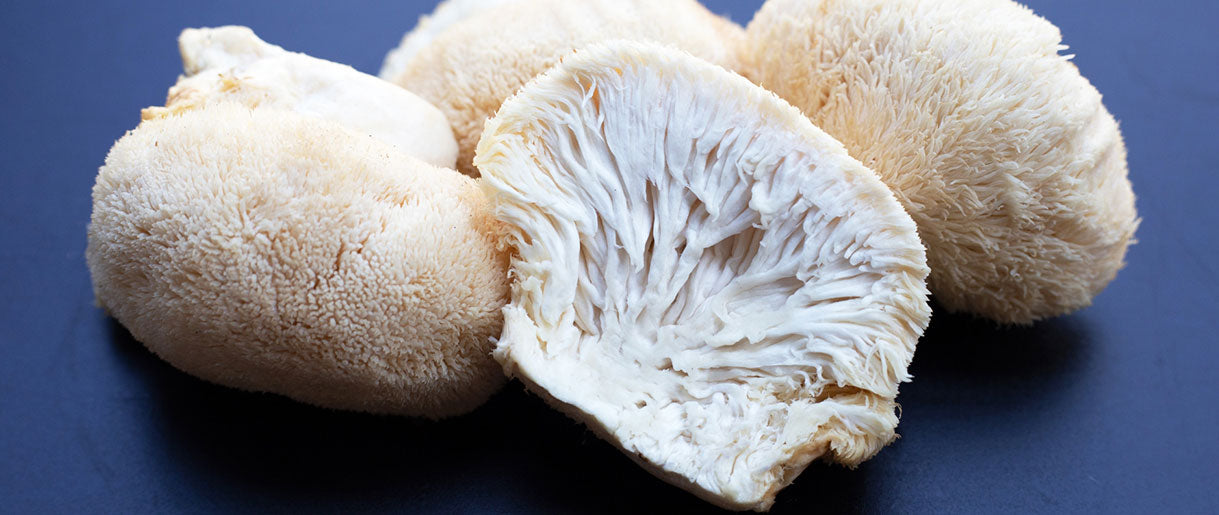
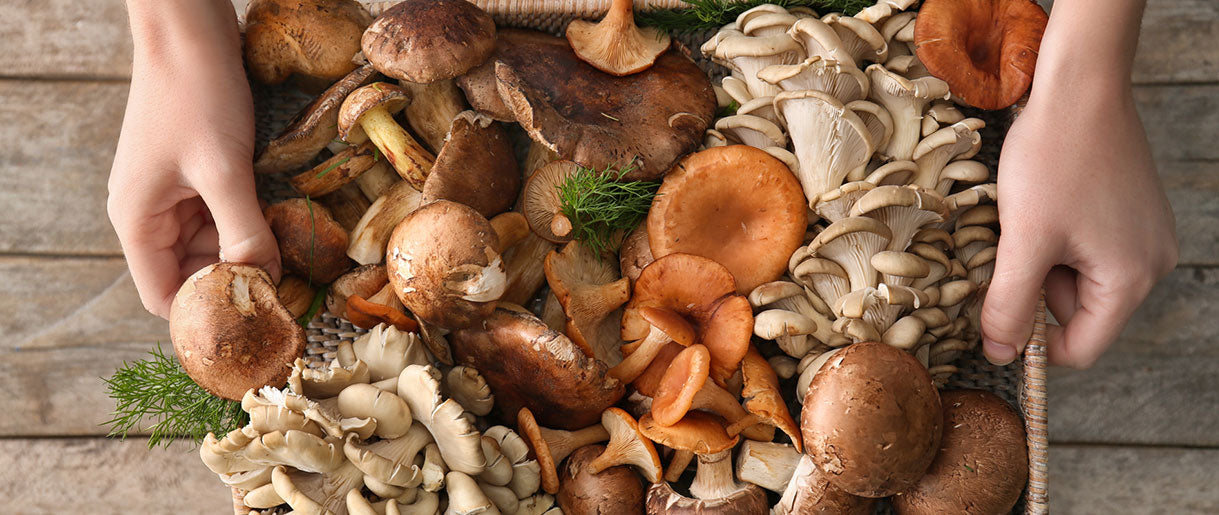
Let Us Know Your Comments